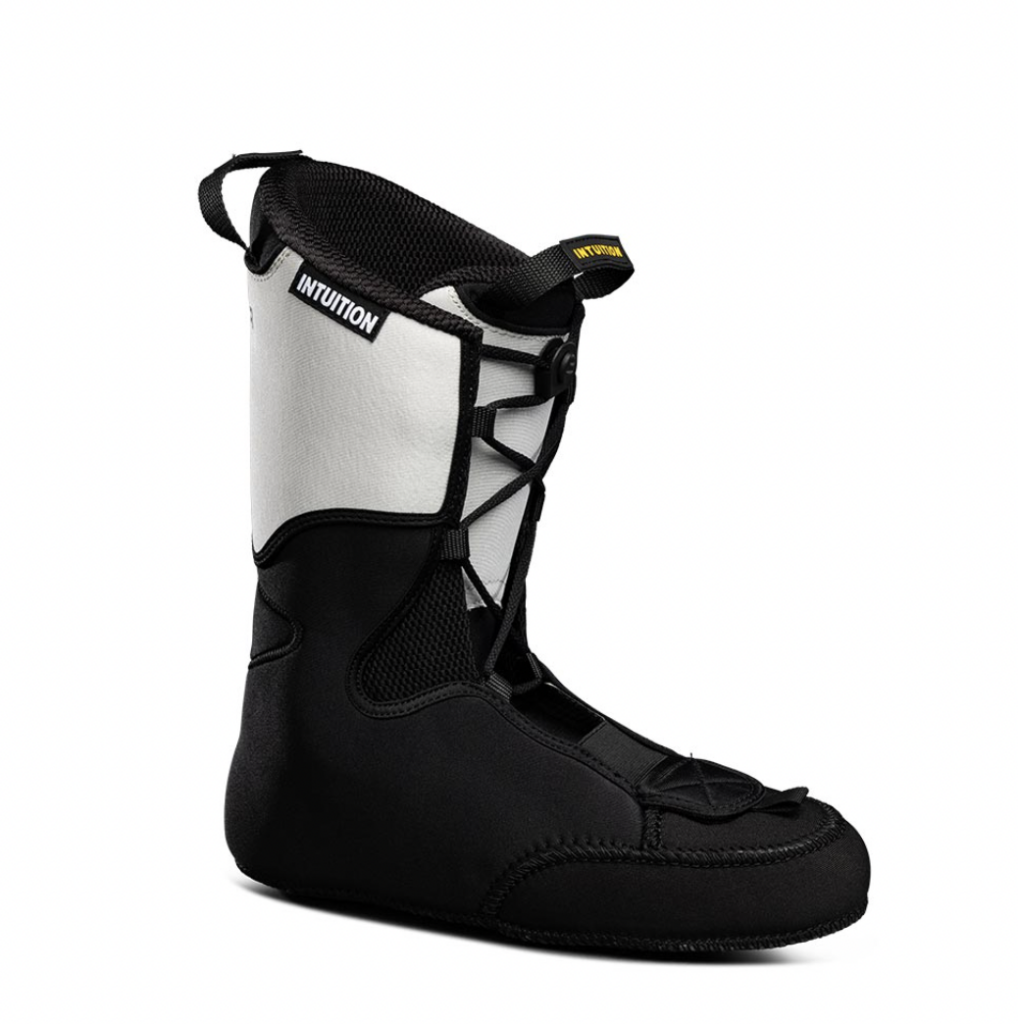What You Need to Know About Boot Liners
If you ask a serious ski mountaineer or professional guide, she or he will probably tell you that after-market liners like Intuition are a game-changer for alpine touring boots for two reasons: They’re warmer, and they’re more durable.
However, they’re also expensive (up to $500), take up more volume than a stock liner (which can make fit an issue), and they’re quite a bit heavier. So how do you know if the investment is right for you?
It all depends on how much you ski tour, how important a precise fit is for you, what kind of temperatures you’re out in, and what your priorities are.
According to Sam Tischendorf, supervising bootfitter at Telluride’s Bootdoctors, while aftermarket liners are also popular in resort boots, backcountry skiers may stand to gain even more benefits. “Because touring boots are made to be so lightweight, manufacturers tend to chintz out on the liner,” she said.
This means the liner in AT boots is thinner and packs out more quickly than a liner in an alpine resort boot would. How can you tell if your boots are packed out? If you can’t find the sweet spot with your buckles or feel like your feet are swimming around, the insulation may not be taking up the same amount of volume as it once did. The result is reduced connection and less power transmission between your foot/shin and the boot, which means you won’t be able to drive a ski as efficiently.
Some people wait until their current liner is packed out to upgrade to an aftermarket liner, which is a pretty good program because they’ll ski the boot the way it was originally meant to be skied, Tischendorf says. “There’s a marriage between the shell and liner; they’re built as a package and are designed to ski in harmony,” she said. You can use the boot through life of the stock liner, and then extend the shell’s life through one and sometimes two more. The caveat with this is that the aftermarket liner often takes up more volume, which could require some boot work, and the aftermarket liner is heavier, which is certainly a deterrent.
Others, however, upgrade from the get-go, often sizing up if they’re on the cusp. Folks who tour super frequently will choose this option, as it’s just more efficient in the long run. “When I worked with Hilaree Nelson and other expedition athletes, they were willing to have more weight in exchange for the warmth and durability,” Tischendorf said. “Super weight nerds, on the other hand, stick with the stock liners—but they pack out in no time.”

In terms of what kind of liner to buy—foam injected, cork, or heat-moldable—the latter is by far the most popular choice for alpine touring for its warmth-to-weight ratio. Heat-moldable foam liners, like Intuition or Palau, mold around your foot for a custom fit. It’s best to get these molded in the shop, where they can put a toe cap on to create more room there, but manufacturers also offer instructions on how to do it in your own oven at home. (Another note, some manufacturers already work with Intuition and come with heat-moldable liners, so make sure you ask first before buying another one.)
Regardless of which liner you choose, Tischendorf says, be sure to replace the stock insole every single time with a custom footbed (preferable) or one off the shelf (like Superfeet). “The boot manufacturers spend zero dollars on them, knowing that most discerning skiers will get some kind of footbed.”


